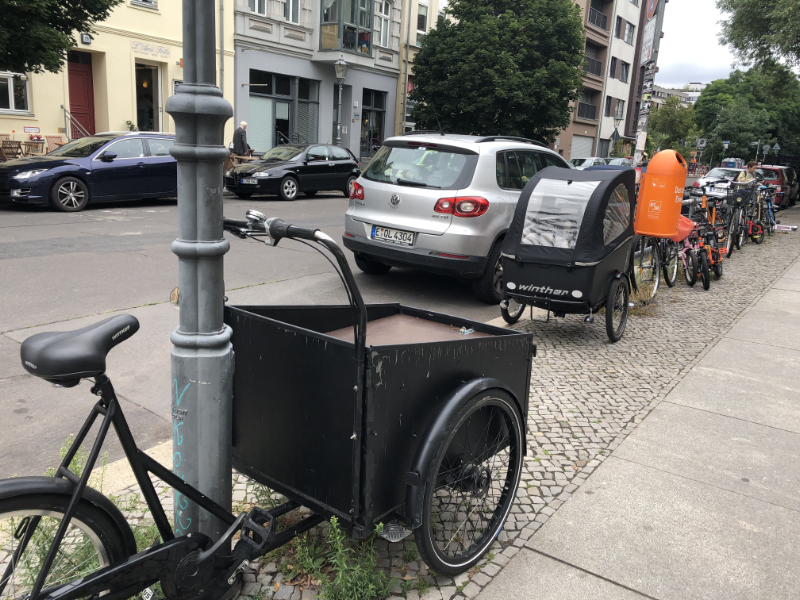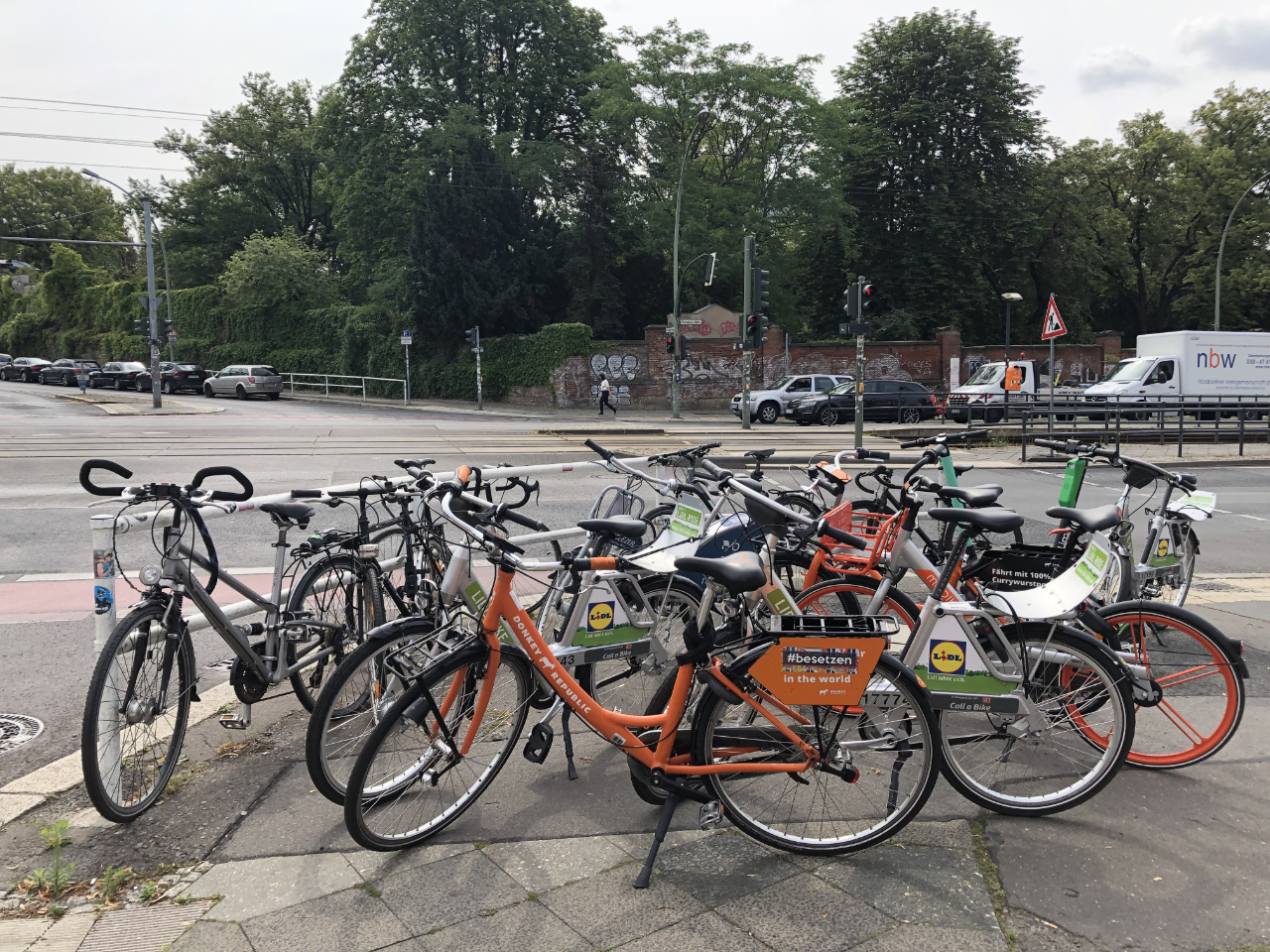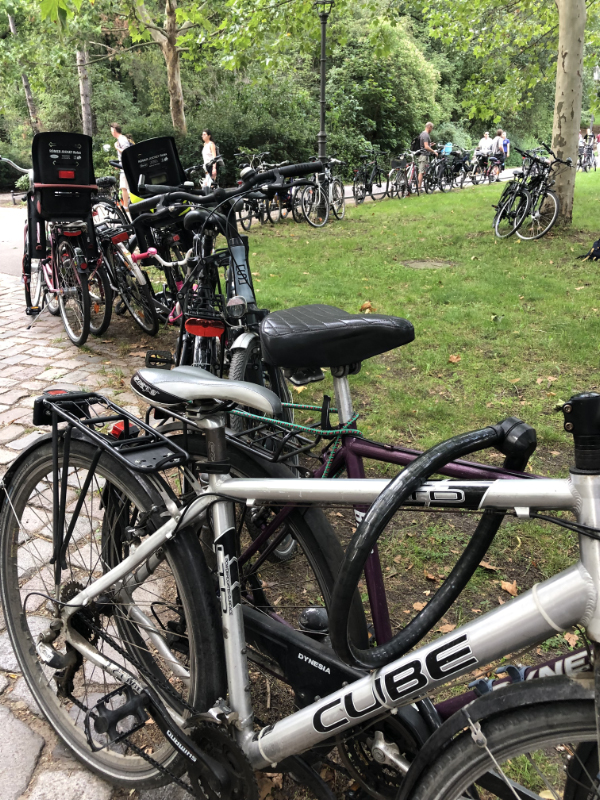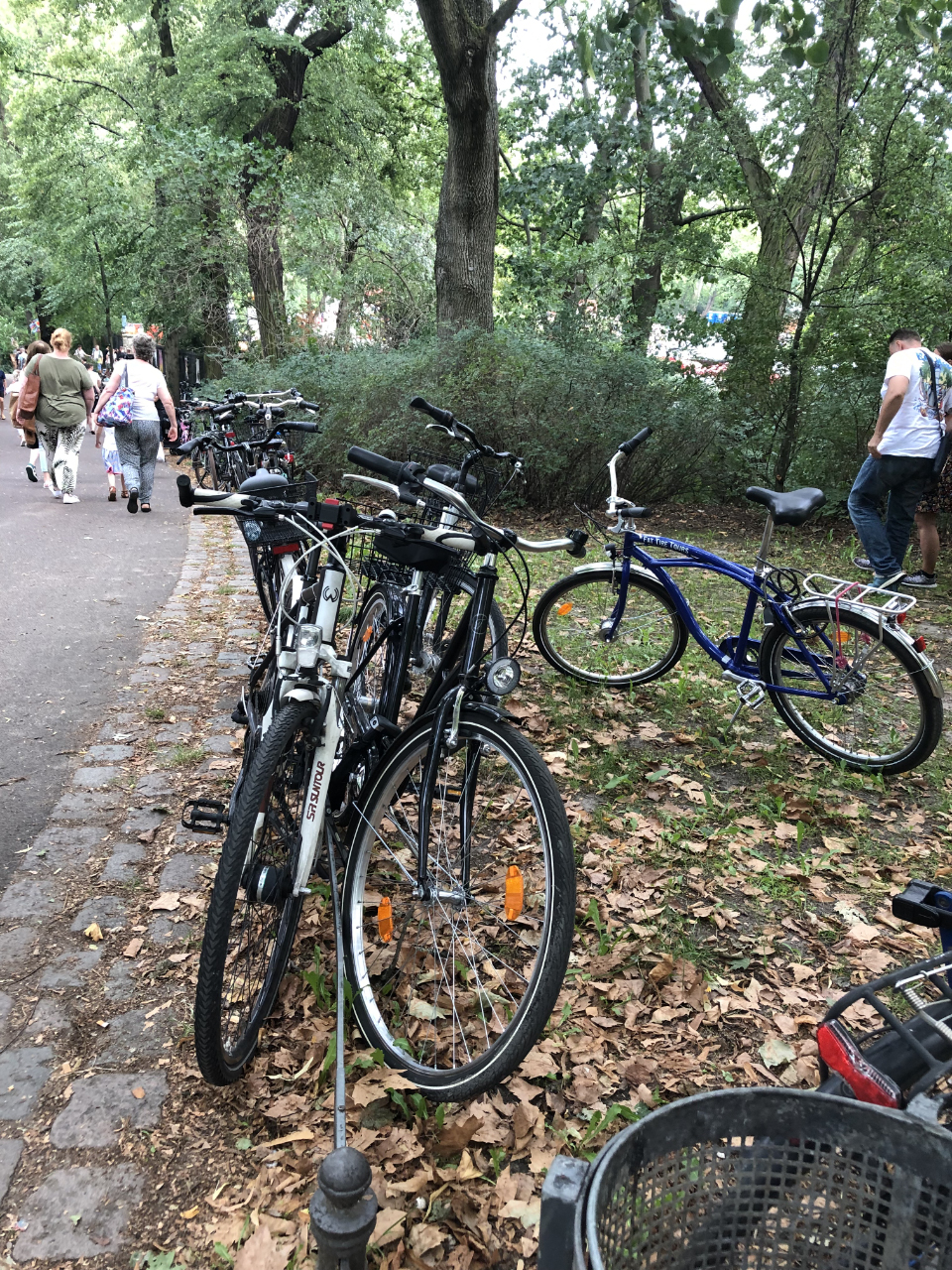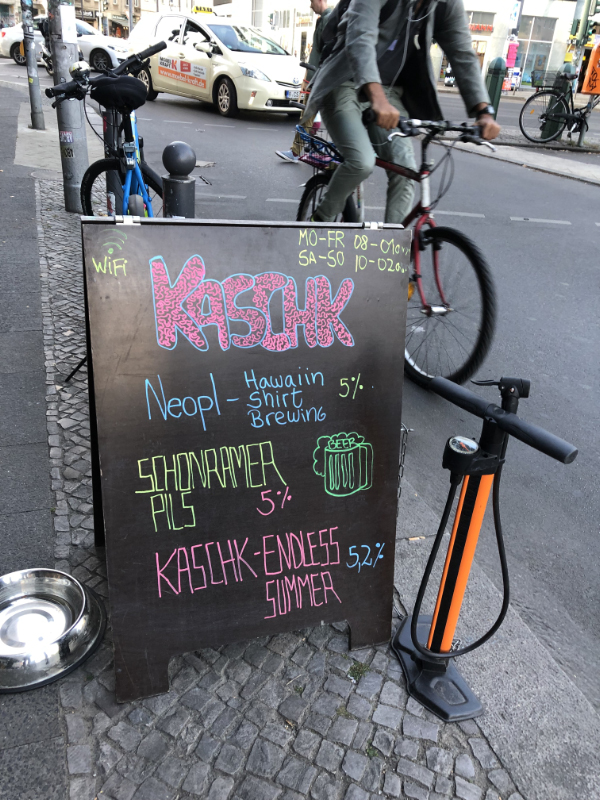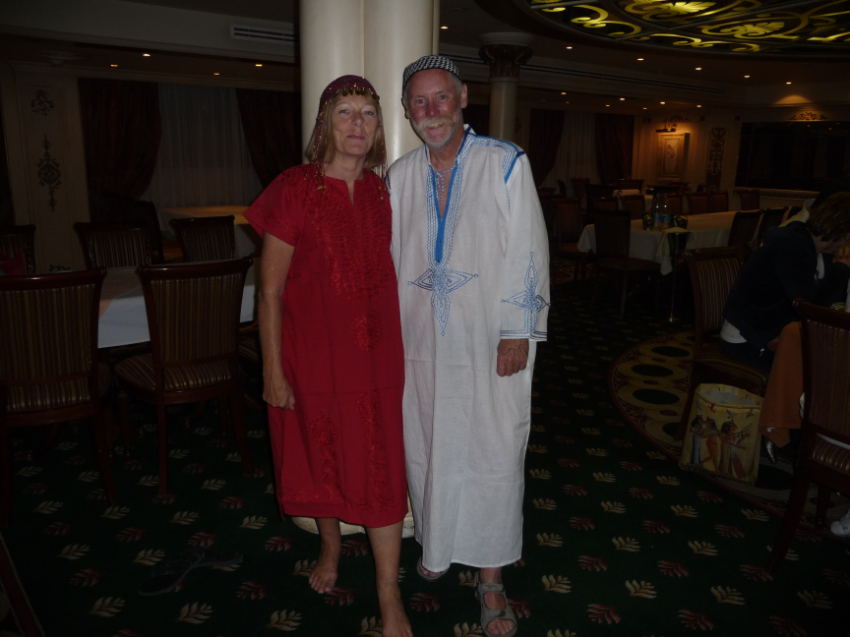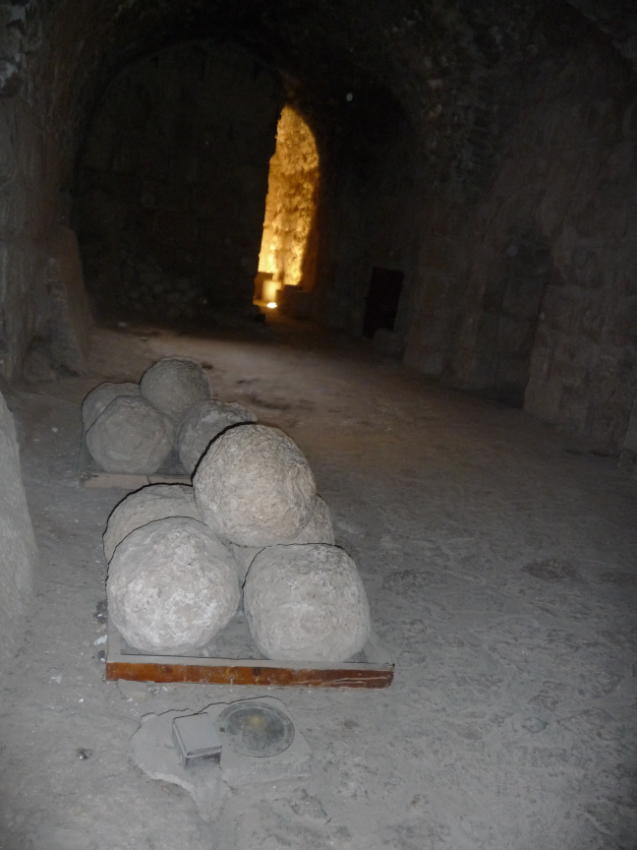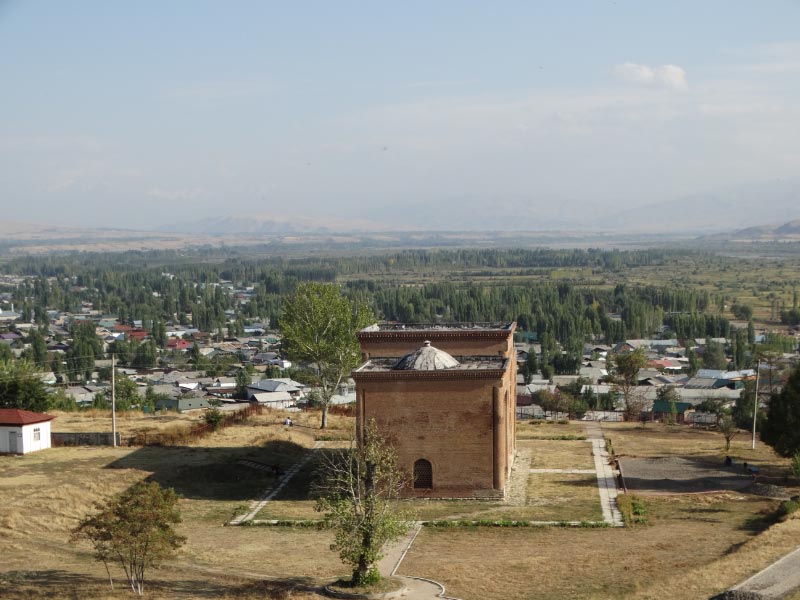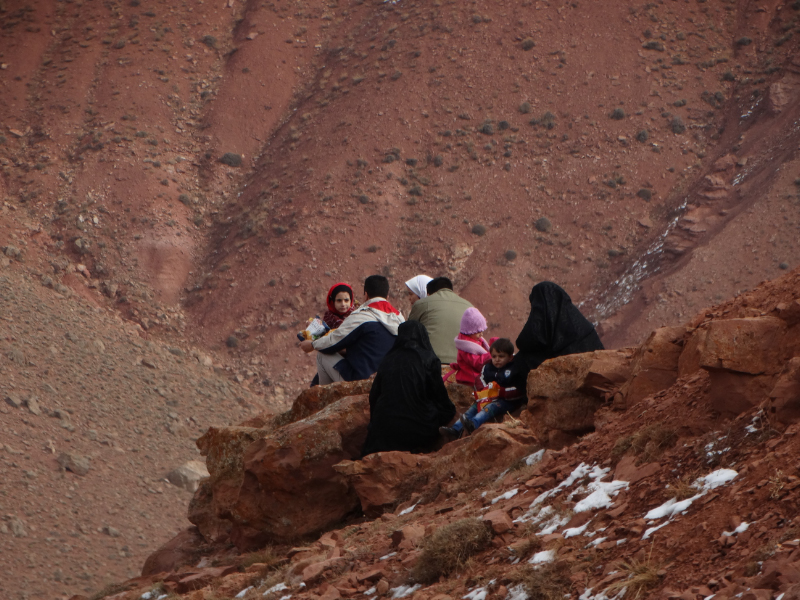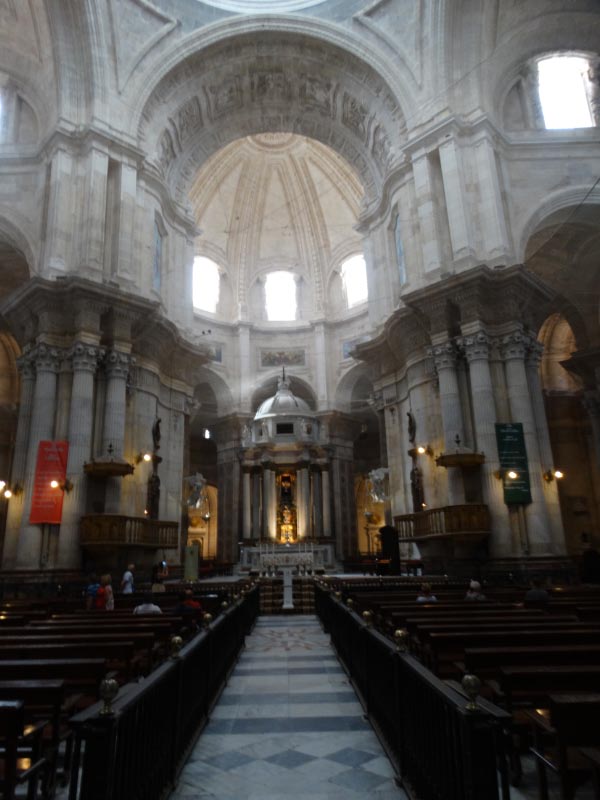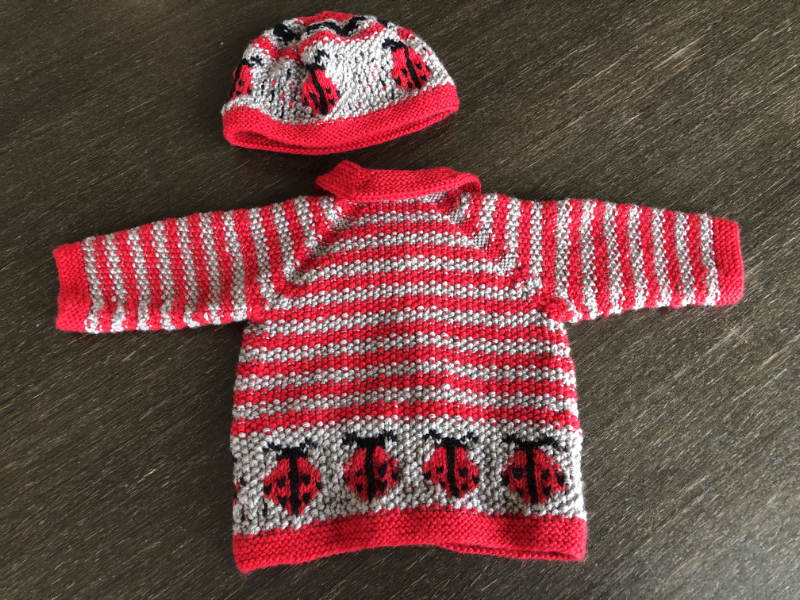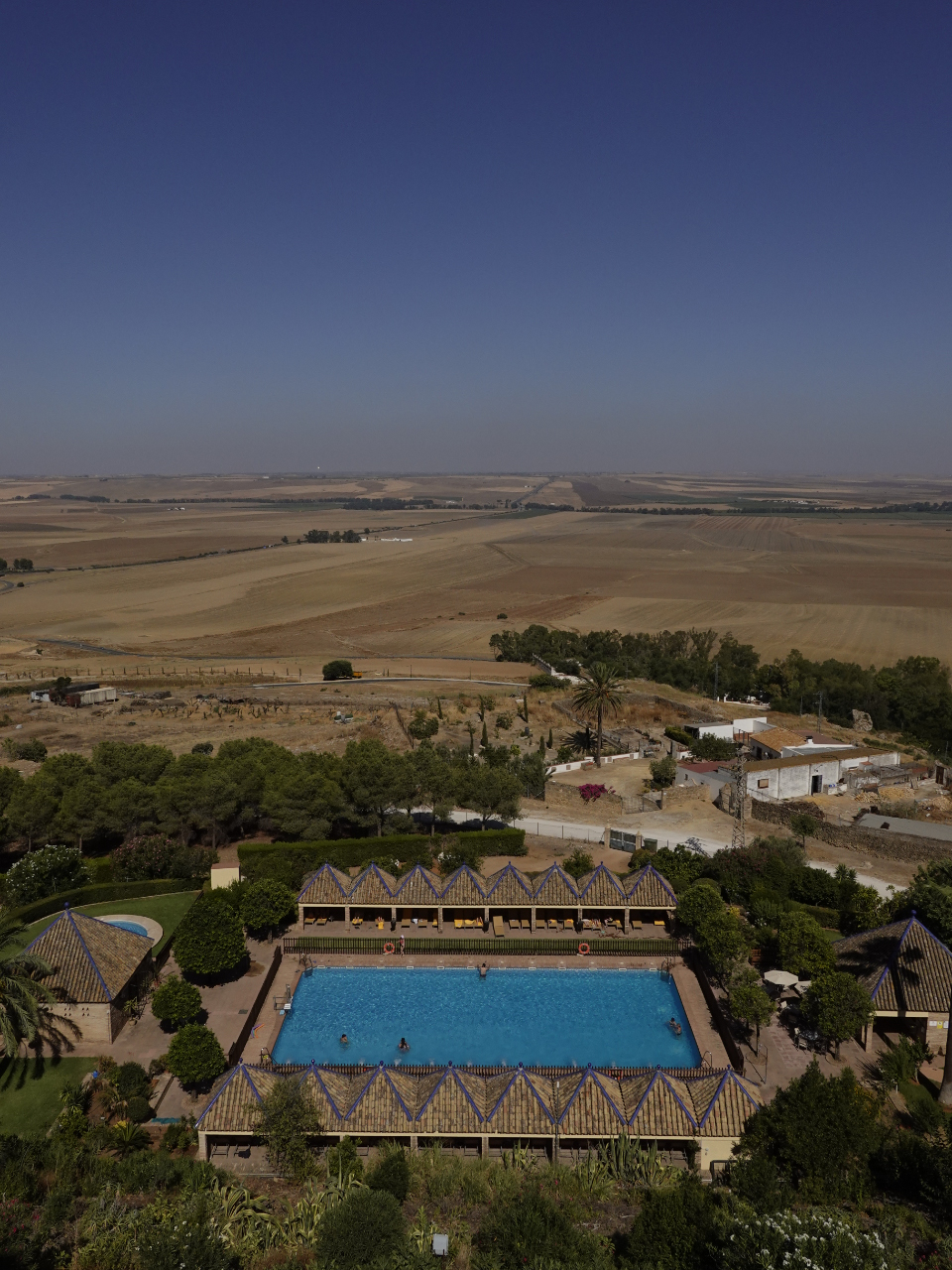It is a year since we were in Berlin, but the memories flood back.
We spent most of our time in what was the eastern sector of Berlin, the Soviet sector. It has been rebuilt since reunification and now attracts young professionals, many with young families. This is the ‘Silicon Valley’ of Europe.
Where the U-Bahn serves the western sectors of Berlin, there was no such infrastructure in the eastern sector. That area is now served by trams. But many people choose bikes as their primary mode of transport. Bikes are everywhere. In fact the major roads have clearly marked bike lanes.
Crossing Prenzlauer Allee, the road in front of our hotel, was a challenge. From the pedestrian lane, to a bike lane, a double car lane, two trams tracks, another double car lane, and another bike lane before landing at the safety of the pedestrian lane.
The bike lanes, one in each direction, are used by cyclists, e-bikes and e-scooters.
It is fairly easy to predict what cars and trams will do, but the bike lane users are always in a hurry, are focused only on what’s in front of them and regard pedestrians as the bottom of the food chain. We always thought the bike lanes were the most dangerous to cross.
Bikes are parked outside Kindertagesstätte or Kitas (child care centres), train and tram stops and offices. The bikes parked outside Kitas usually have a trailer or cargo area to transport the children. It seems as if the parents get their children to Kita, leave the bike there and continue by foot or public transport to work.
Children ride bikes from an early age. The balance bike is popular and I was amazed at how adept even toddlers were with them. No training wheels in Berlin.
It was frightening to watch a mum or dad riding on a busy road, with their child on his own bike, often with parent’s hand on their back, being pushed along to keep up with the traffic.
Helmets? Well there are a few.
e_header.jpg)

